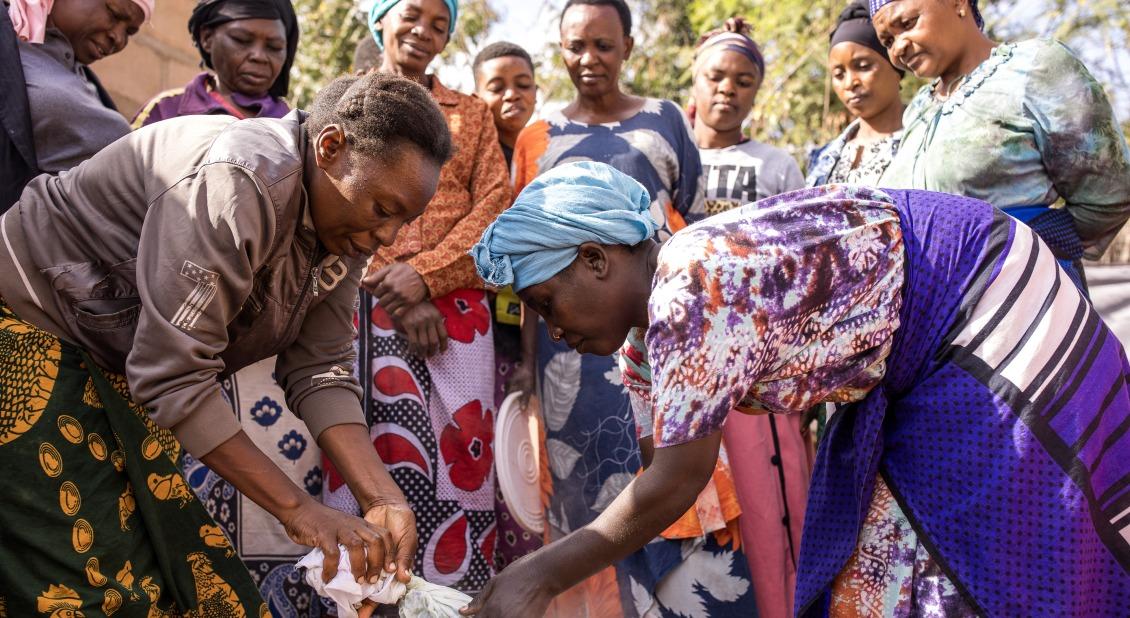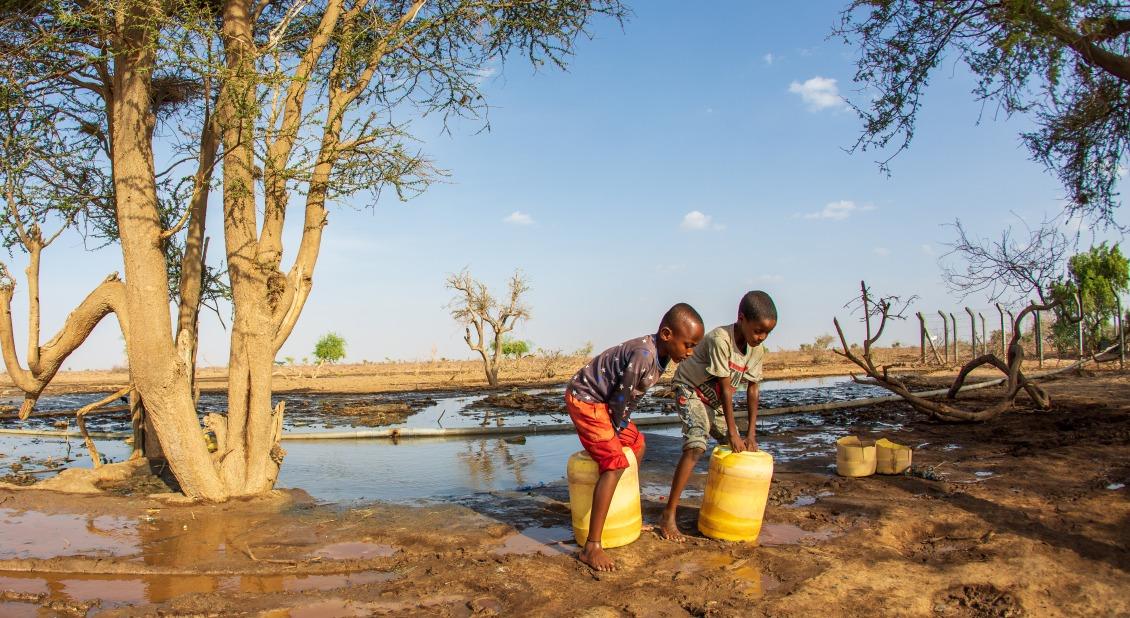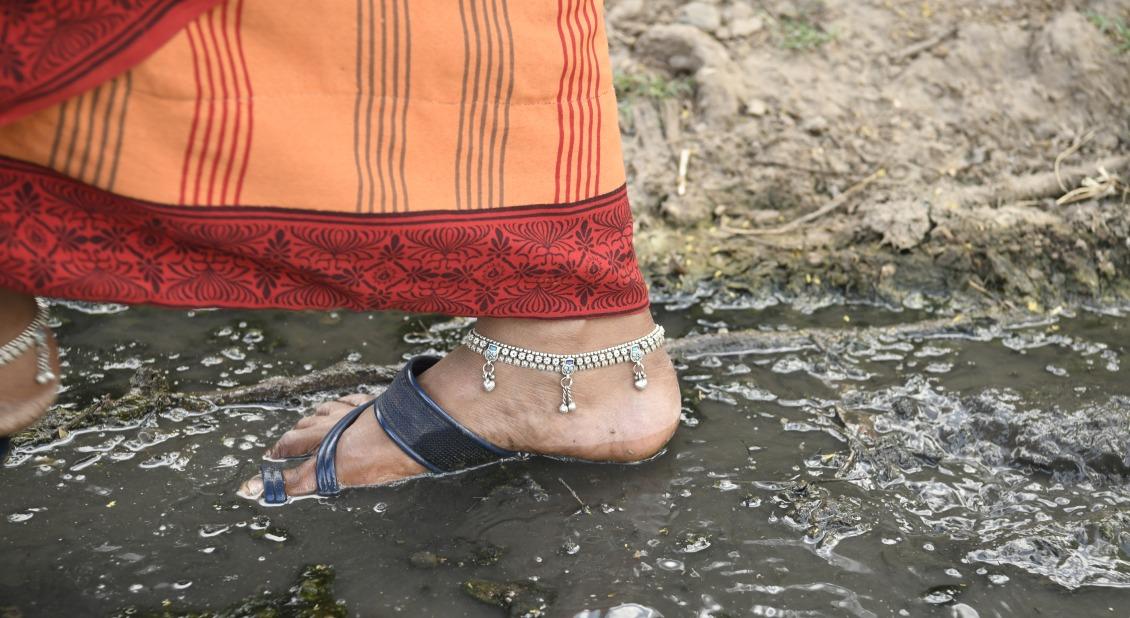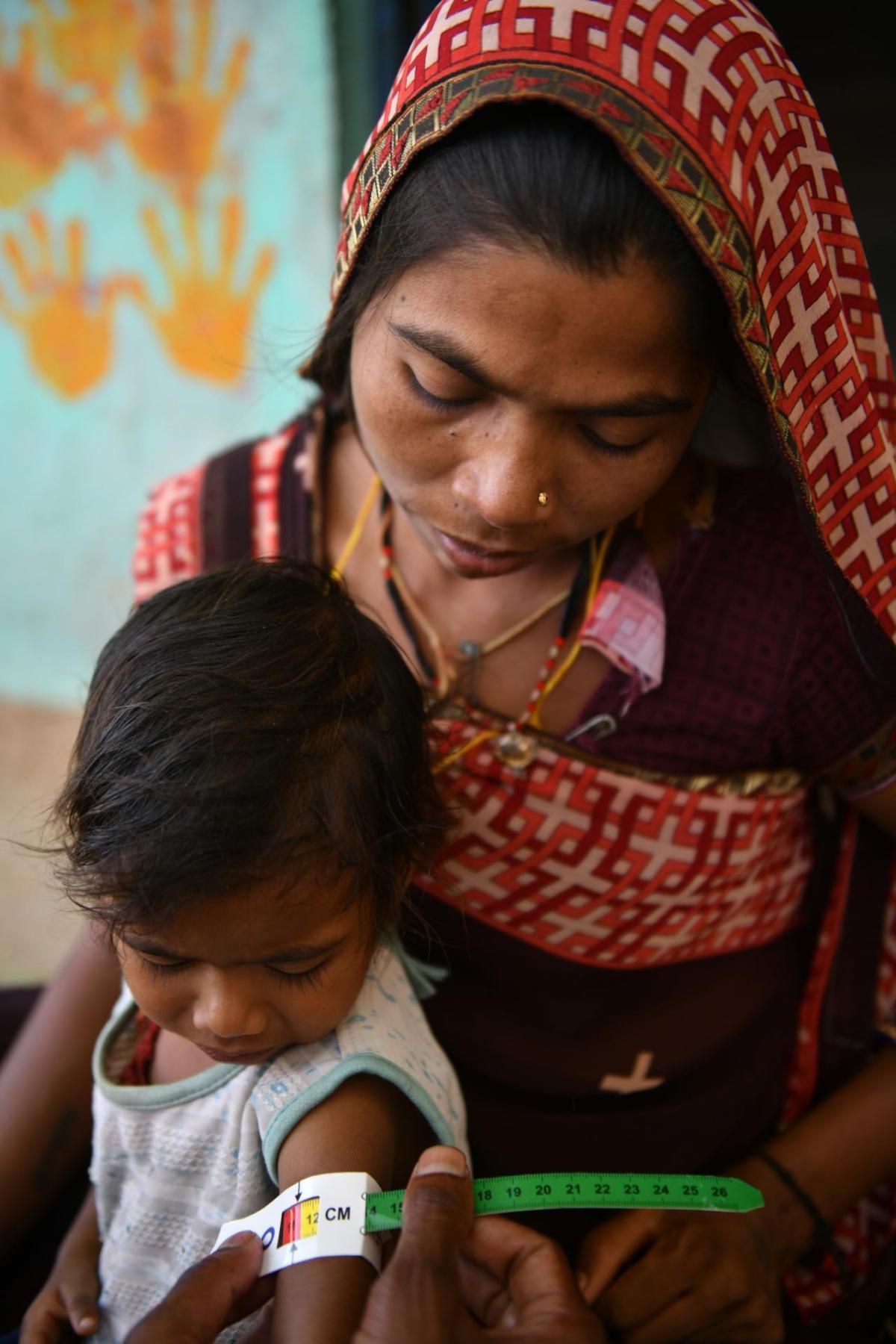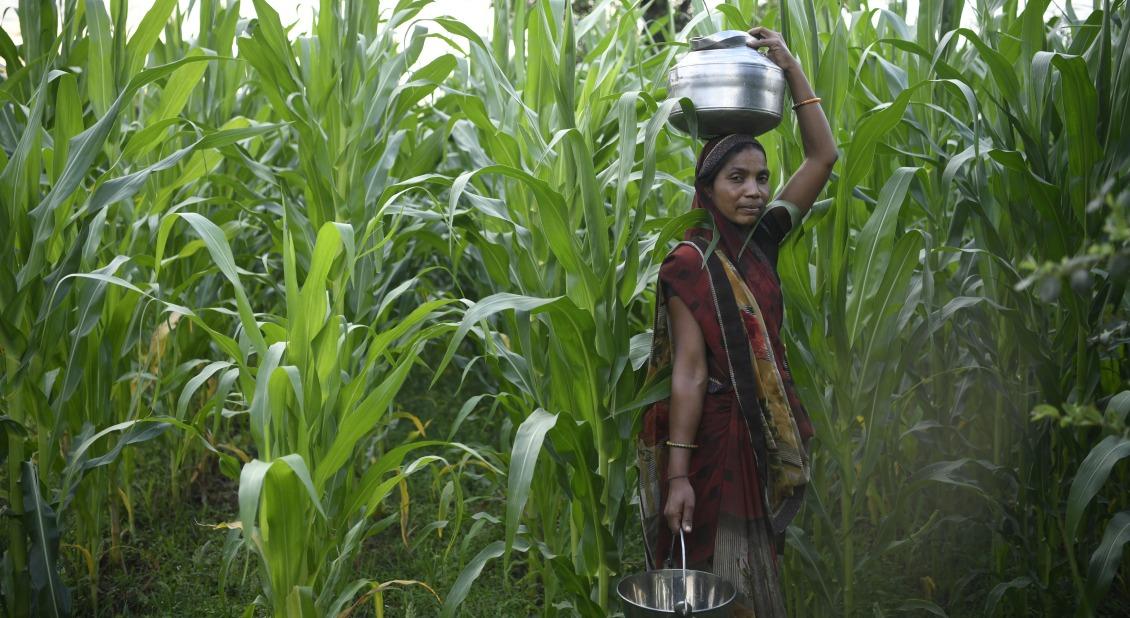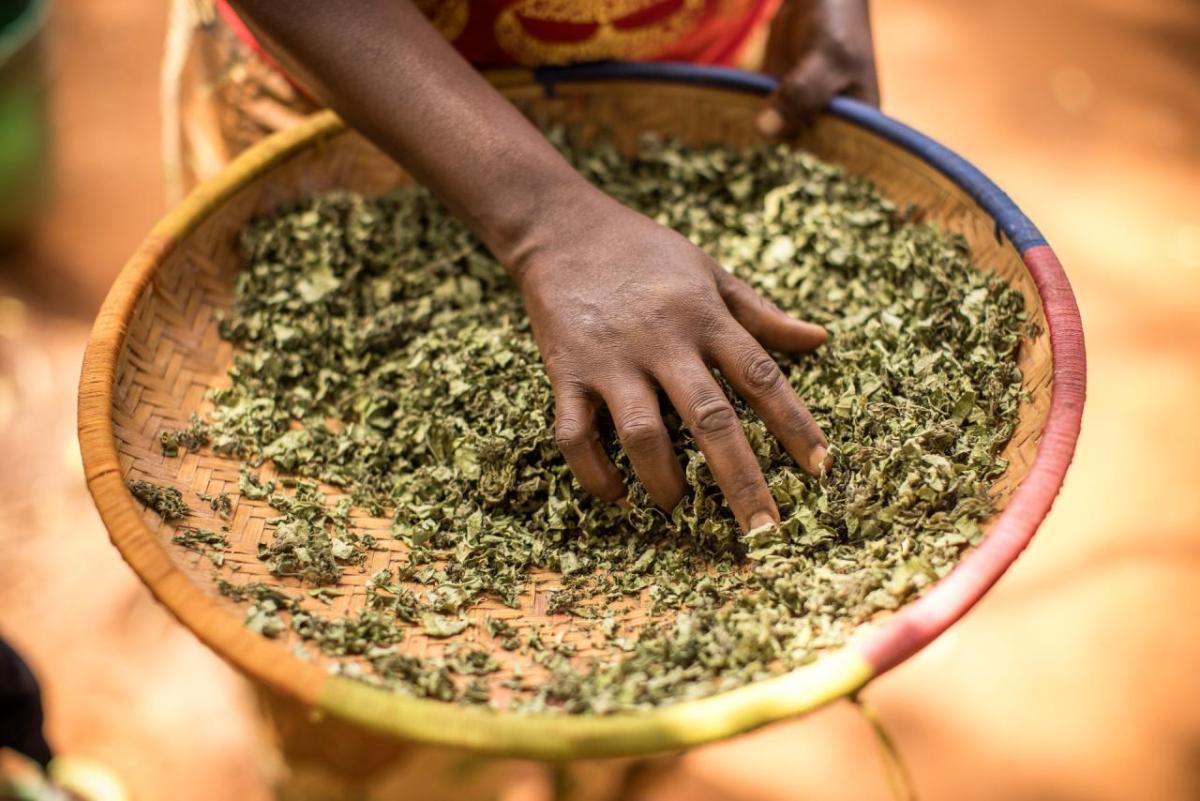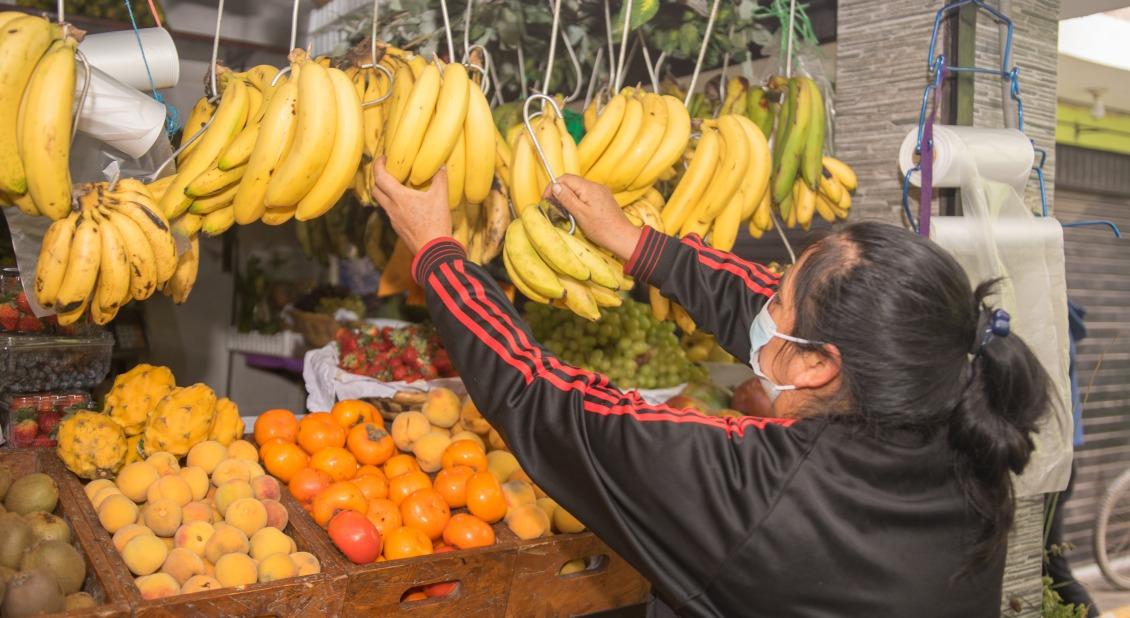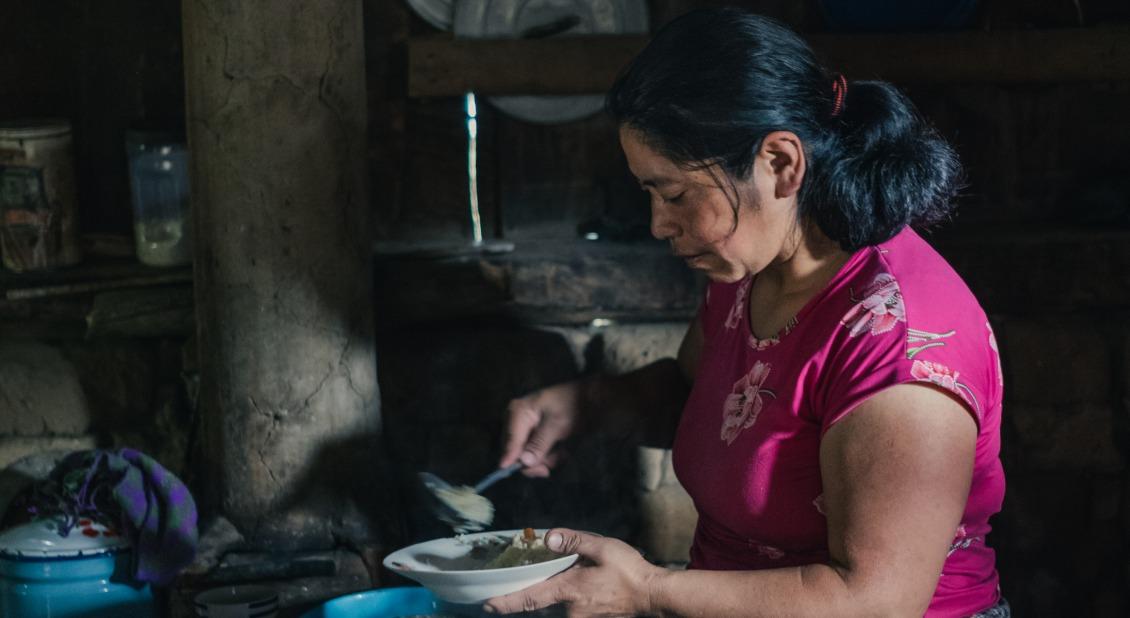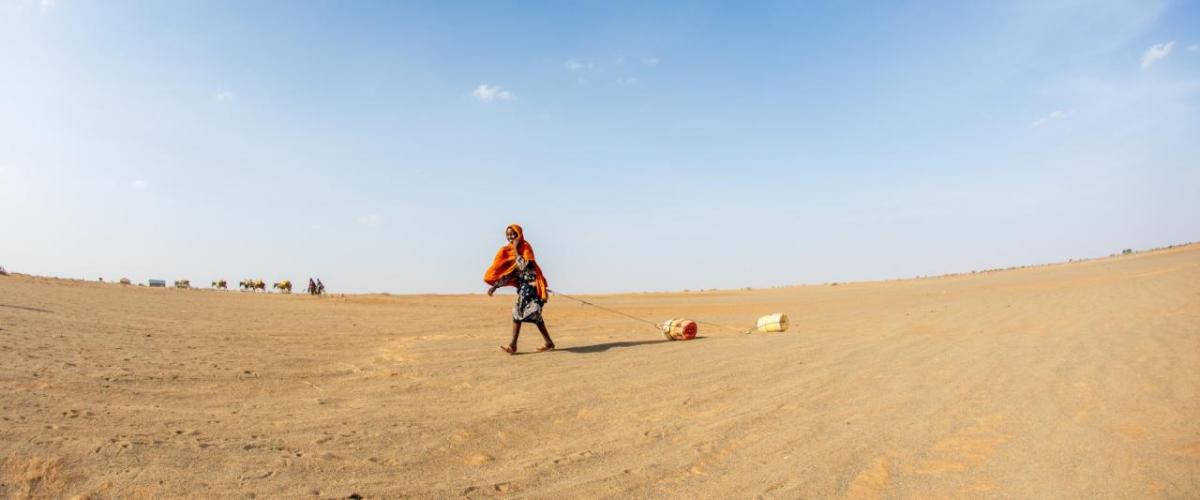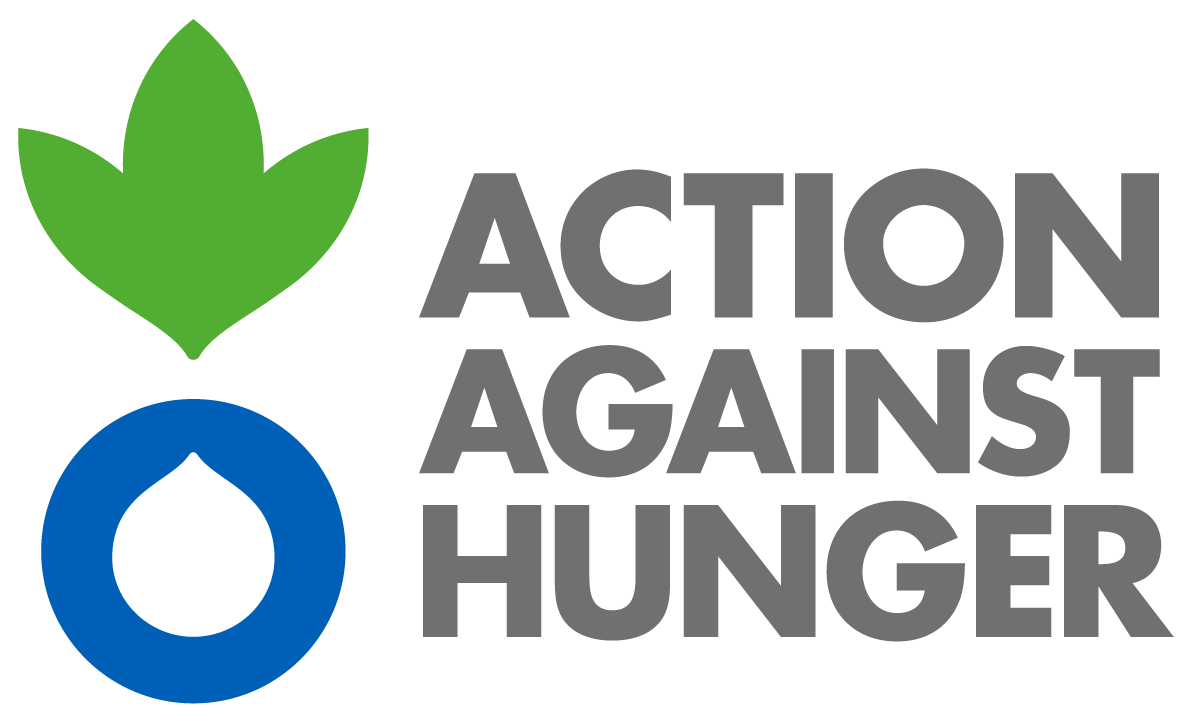How El Nino Drives Hunger Around the World
The Global Phenomenon Causes Drought, Flooding and Natural Disasters
Winter is coming—but this year's winter might look a little different than what we’re used to. Meteorologists across the United States are predicting less snow, warmer days and erratic storms.
But ski season isn’t the only thing at risk. El Nino—a recurring phenomenon of higher-than-average sea surface temperatures—is significantly threatening global food security. It’s back for the first time in seven years, causing intense weather only exacerbated by climate change.
Some scientists are predicting a Super El Nino by the end of the year. In the next few months, it may become one of the most intense climate patterns ever recorded, leading to dangerous natural disasters like drought, heat waves and lethal floods.
El Nino is far reaching—especially impacting Central America, South America, Southeast Asia and parts of Africa. Tracking its effects can help governments keep an eye on such a destabilizing force of nature; help companies anticipate global influences; and help central banks and consumers alike understand trends that will impact inflation.
What is El Nino?
Every several years, El Nino makes an appearance for a year, causing tropical storms, droughts and unpredictable weather in the central and eastern tropical Pacific Ocean. El Nino is part of a larger climate pattern called the El Nino-Southern Oscillation. While El Nino causes warmer ocean surfaces, its counterpart La Nina causes cooling instead. The Southern Oscillation describes the atmospheric changes that accompany the changing ocean temperatures.
Although El Nino typically appears every two to seven years, it is not a regular or predictable cycle. It was first discovered by fishermen off the cost of Peru, and later nicknamed “the little boy” or “El Nino” by Spanish immigrants. Every time it appears, it affects the lives and livelihoods of people across the world.
Regions that are already overwhelmed by climate shocks will be doubly hit. Too much rain in certain areas, and not enough in others, will damage crops and impede agricultural production around the world. Humanitarian organizations like Action Against Hunger are preparing for an uptick in hunger, especially in rural and agriculture-reliant communities. The Famine Early Warning Systems Network, or FEWS NET, estimates that 110 million people in 30 countries will need food assistance through early next year.
Next year might be the hottest year on record. Climate-resilient solutions are more essential than ever before. Globally, smallholder farmers are bracing for a storm.
How will El Nino impact Central America?
In Central America, the livelihoods of millions of farmers depend on substantial harvests. El Nino has already begun drying up fields and shriveling crops, jeopardizing farmers that don’t have irrigation systems. Rural towns are particularly vulnerable and already struggling to cope with unpredictable weather patterns.
Guatemala, El Salvador, Nicaragua, Costa Rica and Honduras are in Central America’s “Dry Corridor,” which may face serious devastation in the next few months. Below average rainfall has already impacted staple grains, such as beans and corn, and FEWS NET predicts that as many as 1.5 million Guatemalans will require food assistance by April 2024.
Many Central American households engage in small-scale agriculture, and most are subsistence farmers, whose main livelihood is the cultivation of basic grains and seasonal work in places like coffee plantations, growing export crops. El Nino will endanger many of them.
How will El Nino impact South America?
The dry spell in Central America is set to end this year, but in 2024, heavy rain will sweep through South America.
Peru
In March, Cyclone Yaku had released torrents of rain and destroyed houses and buildings throughout Peru, leaving many people with nearly nothing.
Now, El Nino is putting more than 14 million people at high risk of heavy rains in the north. Alternatively, in the south, more than one million people will be affected by droughts. Industries like fishing are heavily affected, since the rising ocean temperatures force fish to migrate. Inflation is spiking food prices.
Colombia
In Colombia, rainfall is expected to decrease up to 20%. Water scarcity can lead to a number of risks, including a lack of sanitation and increased disease and malnutrition outbreaks. Crop fields will dry up, livestock will die, hydroelectric power will be limited, and tropical diseases may rise. Dengue, malaria and Zika may be exacerbated by limited healthcare services and lack of river access to certain communities. Around 22 million people throughout the country will face a direct impact on their food security.
Venezuela
In Venezuela, El Nino is impacting water supplies, hydroelectric power generation, agriculture and food production and country-wide nutrition. 90% of the population lives in urban areas and depend on markets, most of which sell imported food. In the coming months, these markets will face shortages and produce prices will soar. Rural farmers, on the other hand, will face insufficient rainfall and struggle to feed themselves and their communities.
How will El Nino impact Southeast Asia?
El Nino typically impacts Southeast Asia with drier-than-average conditions, usually stemming rainfall and leading to the threat of drought.
About 90% of the world’s rice is grown and consumed in Asia. As a staple food for more than half of the world’s population, it’s one of the most important crops in sustaining global food security. But it’s a semi-aquatic, water-intensive crop, typically thriving in very wet areas. El Nino puts its production at risk.
Countries across Southeast Asia have begun to impose restrictions on the export of rice to other countries, leading to higher prices for countries that depend on imports. The El Nino phenomenon is also reducing corn harvests in the Philippines; reducing hydropower production in Vietnam, leading to power outages; cutting coffee bean yields by up to 20% in Vietnam; halting palm oil production in Malysia and Indonesia; preventing sugar cane harvests in Thailand; and so much more.
Thailand
Rainfall throughout Thailand has significantly declined over the last several months, both due to climate change and El Nino. August estimates showed that the country’s rice belt could expect a 40% decline in rainfall. Rice production across the country could drop by 6%—not insignificant for the world's third-largest rice exporter. Last year alone, Thailand exported more than seven million tons of rice to countries around the world.
Local campaigns are encouraging people across the country to use less water, prompting farmers to find ways to simultaneously conserve while also maintaining their livelihoods. People in Thailand’s rural areas are concerned about feeding themselves and their families. Ever since the rain stopped falling consistently, farmers struggle to hold onto hope. Some are plunged into debt and completely dependent on government compensation. Still, out of pride, tradition and dedication, they continue to tend to their rice paddies, praying for rain.
India
India accounts for more than 40% of global rice trade. Rice paddies across the country are typically quenched by monsoon rains, which bring 70% of the water needed to keep the crop thriving and healthy. But this year, its monsoon rainfall was the lowest since 2018.
Many rural farms throughout India lack irrigation systems. Farmers rely on the monsoon rains to replenish their supplies. Instead, they faced erratic storms, prompting the government to impose a strict export ban on certain types of rice. Due to low rice yields across India, Thailand and Vietnam, prices have begun to rise—even up to 20% in the latter two countries. It’s also prompted some individuals to hoard the stock out of desperation.
Rice isn’t the only crop at risk. As long as the country stays dry, the prices of staple foods will continue to spike. In the coming months, India may also impose restrictions on wheat and sugar exports.
Indonesia
Indonesia’s government has issued several emergency alerts as fires threaten to spark in several areas, similar to the fires that spread across 20 million acres of land in Canada over the summer. Many forests and peatlands are hotspots. The population has been warned that fields may ignite and smog and haze may shroud the sky. In the past, large forest fires have caused respiratory problems in millions of people in Indonesia. In Singapore and Malaysia, people are discouraged from going outside and encouraged to stock up on masks, air purifiers and food and water stocks.
How will El Nino impact Africa?
El Nino is likely to be disastrous for many African regions. In some areas, drought will wipe out crop fields, leading to livestock deaths and widespread malnutrition. In other countries, heavy flooding will destroy entire villages. Across the continent, El Nino will threaten the livelihoods of millions.
Southern Africa
Rainfall in most of southern Africa will likely decline, especially in Angola, South Africa, Zambia and Zimbabwe. Shortages of staple crops, such as corn, are likely. In turn, this will force many countries to import corn, driving inflation.
Water scarcity and escalated prices will only worsen socio-economic conditions throughout southern Africa. Conflict may break out between neighboring communities as farmers compete for grazing land and water sources.
Horn of Africa
The Horn of Africa, on the other hand, will likely see increased rainfall. The region has faced one of its worst droughts in over seven decades, and so El Nino may bring much-needed rain and alleviate some of the drought’s life-threatening effects.
But it’s not only a positive change. Downpours could deluge parts of Ethiopia, Kenya, Tanzania and Somalia. The phenomenon is also likely to lead to flash floods, landslides and mudslides; destroying homes, hospitals, and crop fields alike. It will also damage key infrastructure such as roads and bridges.
West Africa
In West Africa, El Nino poses a major threat to a very essential crop—cocoa. The crop is highly sensitive to weather changes, and warm and temperatures are in the forecast for the region. The dry conditions can bring pests and diseases to the cocoa pods, threatening the livelihoods of farmers in Ghana and Cote d’Ivoire. Combined, both countries make up 58% of global cocoa production. The industry will take a massive hit: cocoa is used in chocolate, cosmetics, skincare products and more.
Farmers in West Africa will be forced to adapt or they could face insurmountable poverty: for cocoa producers in Ghana, cocoa profits make up 70 to 100% of their income.
How is Action Against Hunger responding to El Nino?
Altogether, El Nino is expected to impact crop yields on 25% of global croplands. Due to climate change, the world is already hotter than it has ever been—and El Nino will only exacerbate this reality.
Action Against Hunger teams are working closely with families—initiating multipurpose cash transfers, installing water tanks and solar-powered irrigation, repairing water systems and helping local authorities to strengthen their emergency response plans. We’re training community health committees, fortifying irrigation and rainwater collection systems and teaching farmers how to plant, harvest and preserve climate-resilient crops.
We’ll also continue to strengthen our El Nino-focused technological early warning systems such as SURF-IT, which we are using to predict tidal surges in Bangladesh. We are doing everything we can to prepare communities before a crisis hits and give them the tools they need to withstand emergencies.
***
By Kenneal Patterson, Communications Associate

